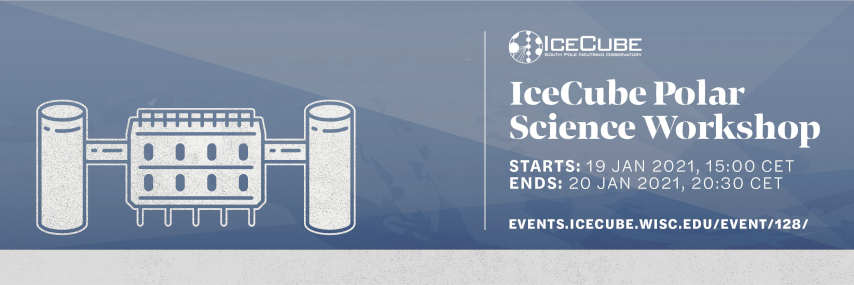Speaker
Description
Developed and applied to ice masses over the past decade, borehole optical televiewing (OPTV) is a logging technique that records a geometrically accurate, full-colour (radial) image of the complete borehole wall at a typical resolution of 1 mm. Borehole OPTV has been successfully deployed at temperate and polythermal valley glaciers, at Antarctic ice shelves, and at the Greenland Ice Sheet – both inland and at a fast-moving outlet glacier. The resulting OPTV logs have imaged numerous visibly contrasting ice types and inclusions, and allowed their scale and geometries to be reconstructed. Applications to date have included:
• Revealing the 3D internal ice and debris structure of valley glaciers in Svalbard and Nepal Himalaya.
• Characterizing ice deformation structures, including crevasses to depths of ~300 m in the Greenland Ice Sheet.
• Imaging ice types present at the base of an Antarctic ice shelf rift.
• Recording annual layering and allowing age-depth scales to be reconstructed for contrasting locations on the Greenland and Antarctic ice sheets.
• Providing a proxy for snow, firn and ice density, including characterization of refrozen ice lenses located within firn.
• Reconstructing former surface melting and melt-pond formation on an Antarctic ice shelf.
• Revealing aspects of the internal structure of the Greenland ice sheet, including ash layers.
This presentation will summarize the technique and applications noted above and outline the potential ways in which OPTV logging might usefully be applied to IceCube boreholes.

